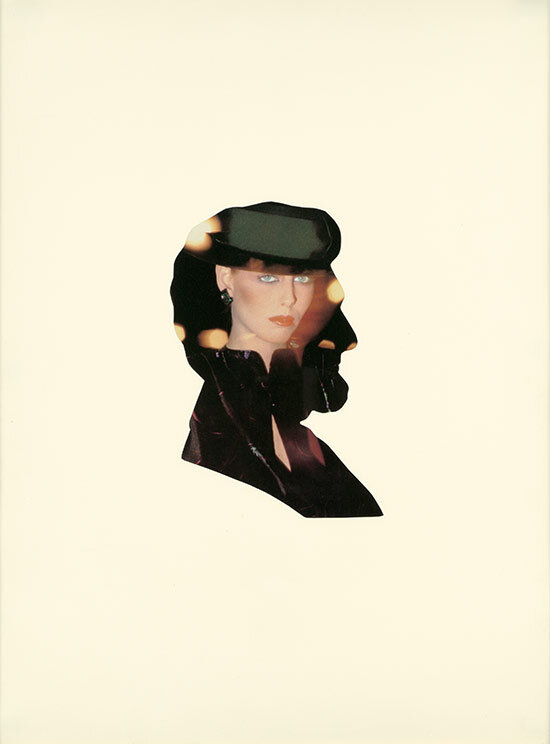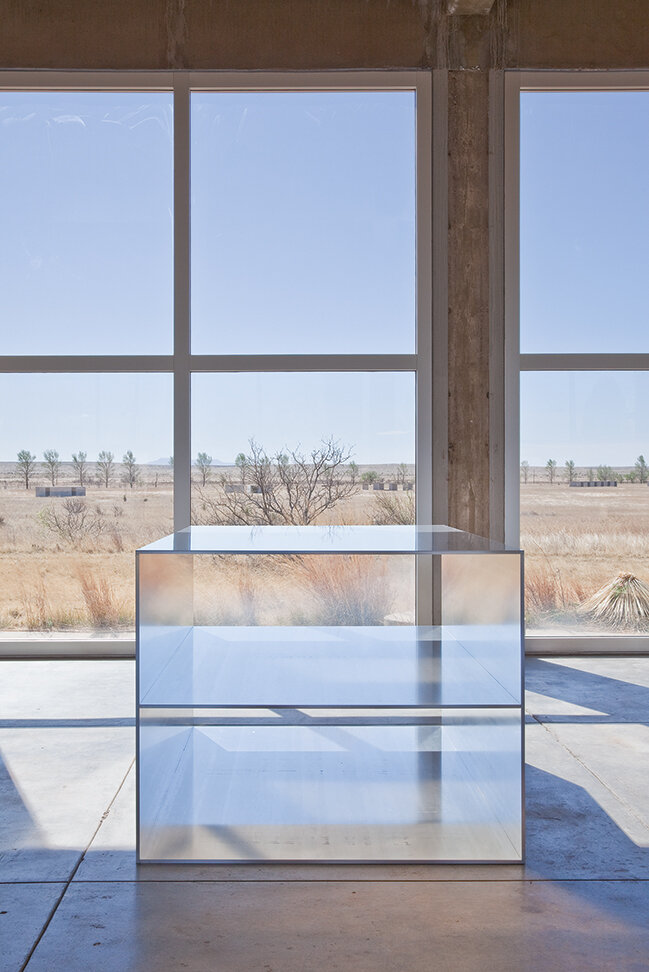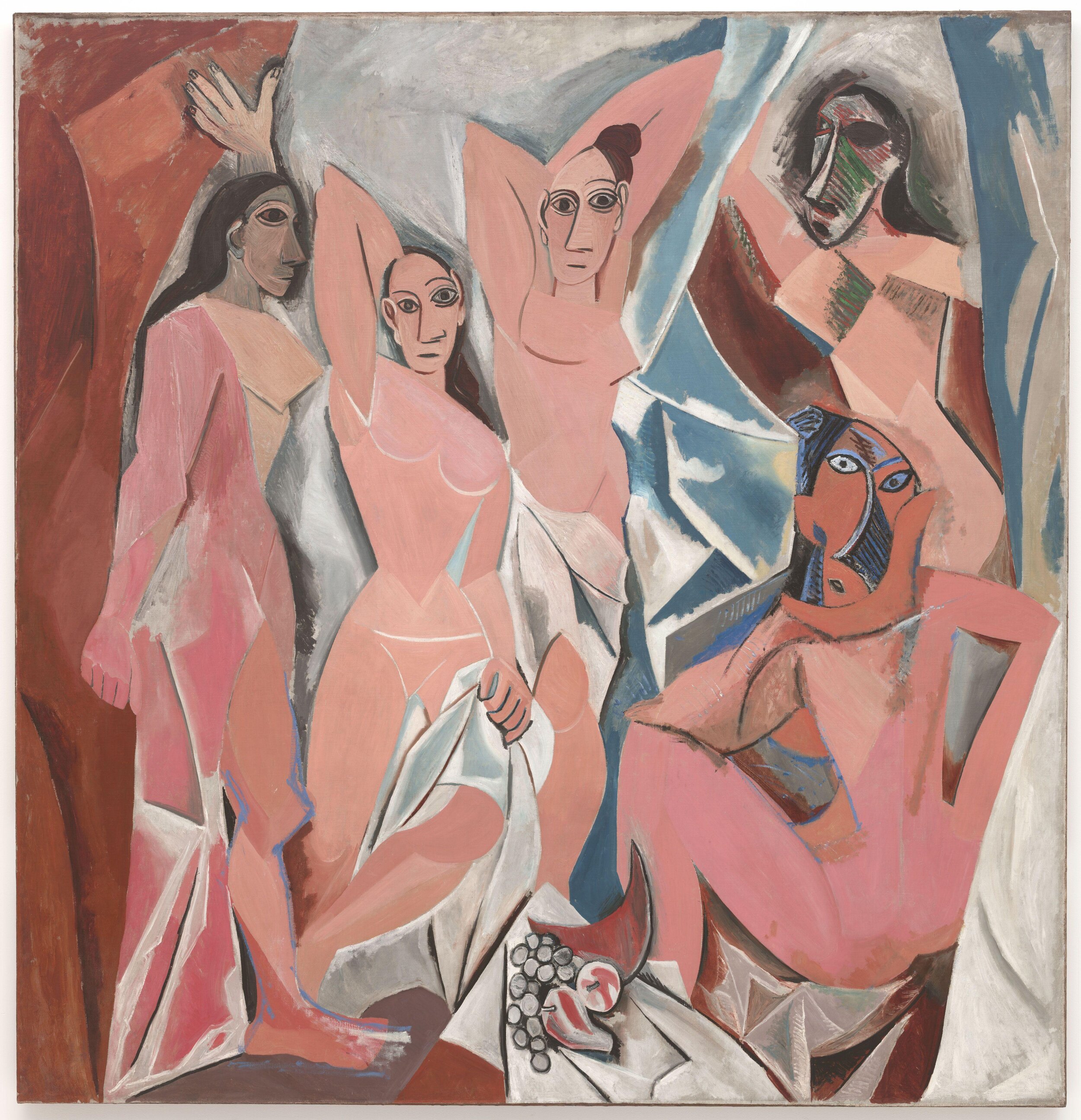Two, Three, Many Octobers, The Vanquished Tradition of the Avant-Garde, Part I
Where does one begin with art today? I myself was educated in the academy of Contemporary Art — at one of those ‘interdisciplinary’ institutions where a questionable ‘theory’ of art justifies an even more questionable ‘practice’ — and yet I too struggle to gather my bearings. It’s not that Contemporary Art is too diverse and multifold to be grasped (unfortunately too many of us know how much the same it all is whether in New York, Berlin or Bangkok); I mean, rather, that the few forms Contemporary Art has provided for itself seem inconsequential within the history of art. Consequential within the history of art? — already, I am sure, that some of you will wish to accuse me of nostalgia, if not outright label me a reactionary romantic. Don’t worry — I know that what I have to say is painful — but really, I have no intention of being dragged back to a deadly past. After all, from thence came the present, and from the present I wish to escape. Still, in the end there may be good reasons to admire what once was honestly attempted and perhaps even to forgive the unfortunate, unintended results….
We begin, as Brecht reminded Benjamin, with the “bad, new days” on the horizon. As it seems Hal Foster did in 2015 with his Bad, New Days: Art, Criticism, Emergency — a follow-up of sorts to his classic Anti-Aesthetic anthology from 1983 — to take stock of thirty years of postmodernism in Contemporary Art and to commemorate the end of its historical period. The Anti-Aesthetic: Essays on Postmodern Culture was most notable for the contributions made by the October journal group of Rosalind Krauss, Douglas Crimp, Craig Owens and Foster himself. Throughout these essays, the writers of the October group appear to be haunted by the memory of art. Fundamentally suspicious of the claims once made for the unfettered freedom of art by the avant-garde movements of the 19th and early 20th centuries, Foster and his colleagues set out to discover new limits for art — a new critical framework through which art might re-submit to the necessities of life.
For the theoretical basis of this new endeavour, the October group looked to the structuralism of French philosophy, particularly the Marxist-Leninist-Maoist strain cultivated by Louis Althusser and disseminated — although with a différance — by his poststructuralist epigones Derrida and Foucault. Despite being a longtime member of the Stalinized French Communist Party, Althusser thought it had lost its revolutionary perspective and become uncritically beholden to the narrow interests of, e.g. the Soviet Union and the French trade-union bureaucracy. The crisis of official Stalinism after the invasion of Poland and Hungary in 1956, the emergence of the New Left in the U.S. and Europe and the apparent success of Mao’s Cultural Revolution against the ‘revisionists’ in the CCP — represented, for Althusser, a crisis in Marxism that demanded a re-interpretation of the significance of the Russian Revolution and a new formulation of the philosophical grounds of Marxism.
Althusser directed his critique most forcefully against the ‘humanism’ of the Hegelian dialectic (of society as the articulation of subject and object in history) which he thought had allowed the Communist Party to abandon the struggle for the dictatorship of the proletariat by providing the ideological means by which it justified accommodating to the role of loyal opposition — a junior partner — within the confines of the capitalist State. As a result, the problem of freedom that underlay the classical Marxist theory of class-consciousness — that the task of the revolutionary party was to lead the workers to critically recognize themselves, the proletariat, as both the subject and object of capital (both the actual force of transformation and the very relation to be transformed) — became a petrified condition in the logic of structuralism.
For Althusser the entire realm of subjectivity was an idealist fantasy — an ideological construction of the naive bourgeoisie that facilitated their rule over the masses — more than this, in the hands of ‘revisionist’ socialists, appeals to the worker’s humanity had become a pernicious cover for class compromise and counterrevolutionary betrayal. If the role of the party no longer lay in the formation of the working class as the contradictory subject of politics, since this had simply resulted in the absorption of the workers into the State apparatus, then perhaps class-consciousness was obsolete as a theory of revolution. This, Althusser thought, was the lesson of the Russian Revolution which had proved to him that crises only occur at the rupture of the “weakest link” in the capitalist order, irrespective of the degree of organization and consciousness attained by the working class — hence the success of the Chinese peasantry at achieving its own October. Against the historical dialectic of classical Marxism, Althusser argued for an “aleatory materialism” that would be attuned to the confluence of contradictions in the economic structure that “overdetermined” all social action. [1]
It was this emphatic denial of the subject mired in ideology that the members of the October group found salutary in Althusser’s structuralism for their attempt at an ‘anti-aesthetic’ critique of art. Take, for example, the argument of Rosalind Krauss in her 1979 essay on “Sculpture in the Expanded Field” in which she sought to establish a structural axis of determination that would describe the tendency of new spatial works like those of installation and land art to stretch the traditional categories of architecture, landscape, and sculpture. Such an approach resulted in Krauss’s “expanded field” of interrelated categories, a survey of the positionality an artist could occupy within the structural relations of their work and which — “in the last instance” — would determine its objective content and constitute its critical value.
As to the appearance of the work of art itself and the meaning of the semblance it must give to the imagination of the viewer, Krauss had precious little to say. If art was to be judged without relying on the fantasy of a subject, then the primary task of criticism was to subordinate the experience of the work of art to the structure of a “logical space” constructed by the artist. Thus Krauss explained the exhaustion of modernist sculpture as the logical result of its negative relation to the conventions of ancient monument and postmodern sculpture as the inevitable emergence of new positive notions of form after the negative conception of modern art had extinguished itself by arriving at ‘pure’ painting and ‘pure’ sculpture. From the perspective of Krauss, the autonomy of modernism had been an insidious ruse that postmodernism could happily forget by immersing its works within the structures of mundane existence (the material reality of ideology) — abandoning, to use the example of Donald Judd, the practice of sculpture as such and turning instead to the creation of "specific objects" whose construction could be determined by reference to the heterogenous laws given by the facts of dimension and material in the work. For Judd, the crucial point was not the aesthetic quality — the striking semblance — of his objects for the viewer but, on the contrary, the “overdetermined” character of their physical presence. [2]
Postmodernism can be characterized as a reaction to the negativity of modern art; it sees the violent separation of art and life and would like nothing more than to mend the wound that forced them apart. Whereas modernism willed the opposition and disunity of art — the sensual and aesthetic as transcendental objects of the imagination — postmodernism came to represent the party of Order, ready to dictate the terms of a ‘critical’ compromise or structural ‘intersection’ between the realm of art and the world as it is must always be. Like Althusser, who felt that the theory of class-consciousness had been invalidated by the opportunist practice of the communist bureaucracy, Krauss and the October group wanted to forsake the autonomy of art that, as Adorno recognized, “did not bestow the promised happiness of adventure.” [3]
* * *
Next week I will continue my critique of the Avant-Garde by reconsidering the classic argument from Clement Greenberg’s “Avant-Garde and Kitsch” and the original perspective of critical modernism that we inherit from Baudelaire. I will also return to the October group and Hal Foster’s Bad, New Days in order to articulate their legacy for the discipline of Contemporary Art and present the full scope of my thesis that through the cynical lens of postmodernism the Avant-Garde became its opposite: namely, navel-gazing academicism. For the sake of the art of the future, I will summon my demon of combat and convince you of a truth beyond the nihilism or self-pity of a defeated present. //
Edouard Manet, L’execution de Maximilien, 1867. Ny Carlsberg Glyptotek, Coppenhagen. From: Wikimedia.
Sherrie Levine, Untitled (President: 4), 1979. Metropolitan Museum of Art, New York. From: MetMuseum.
Louis Althusser, Paris, April 26, 1978. From: NYBooks.
Donald Judd, 100 untitled works in mill aluminum, 1982-1986. Chinati Foundation, Marfa. From Chinati Foundation.
Pablo Picasso, Les Demoiselles d’Avignon, 1907. Museum of Modern Art, New York. From: Wikipedia.
[1] My account of Althusser relies heavily on Jan Schroeder’s essay on “Althusser’s Marxism” in Platypus Review, no. 118 (July-August 2019). See also Chris Cutrone, “The Marxist Hypothesis: A response to Badiou’s ‘communist hypothesis’,” in Platypus Review, no. 29 (November 2010).
[2] See Donald Judd, “Specific Objects” in Arts Yearbook, no. 8, New York, 1965:
“Three dimensions are real space. That gets rid of the problem of illusionism and of literal space, space in and around marks and colors – which is riddance of one of the salient and most objectionable relics of European art. The several limits of painting are no longer present. A work can be as powerful as it can be thought to be. Actual space is intrinsically more powerful and specific than paint on a flat surface. Obviously, anything in three dimensions can be any shape, regular or irregular, and can have any relation to the wall, floor, ceiling, room, rooms or exterior or none at all. Any material can be used, as is or painted.”
Available at: http://theoria.art-zoo.com/specific-objects-donald-judd/
[3] Theodor Adorno, Aesthetic Theory (University of Minnesota: 1997), 1.





